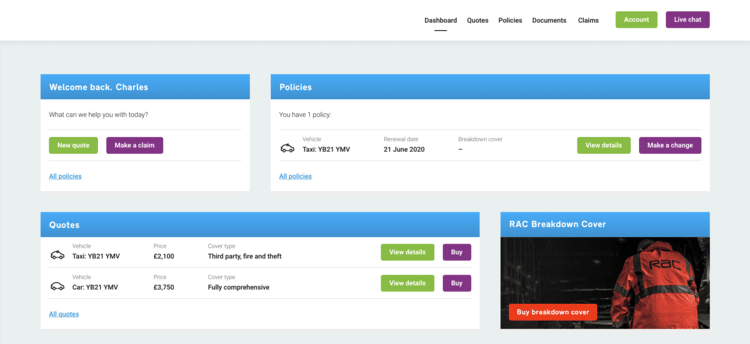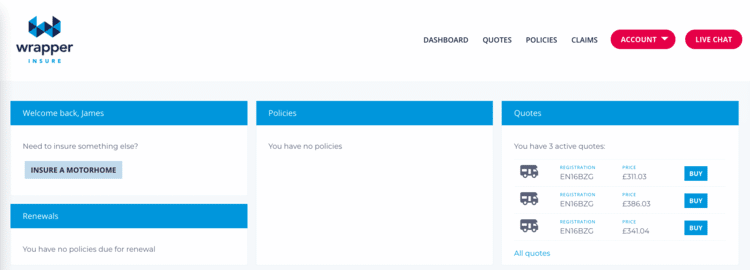No-code – speed & simplicity
15 March 2021
It is a common misconception that software developers dream in code.
Despite having more than a million lines of code in our platform, we actually dream of no-code.
What is no-code?
No-code is the term for a platform that allows non-technical system users the ability to setup and configure their system using codeless graphical interfaces. For an insurance platform this means that our clients can customise their own systems, rather than having to try to describe what they want and have it built by a bunch of guys in Star Wars hoodies. No-code implementations for our specialist brokers is a key milestone on Ignite’s product roadmap.
What are the advantages of no-code?
In short: speed, reduced cost, and simplicity. Systems can be set up by our BA team on the day of delivery. The setup cost is greatly reduced by removing expensive coding resources. And finally the simplicity of implementation negates the misunderstandings and complexities of scoping and translating requirements. No-code means that our clients get the entirety of Ignite’s large and sophisticated broker system implemented to their bespoke requirements in a matter of weeks not months or years.
Will our clients need to learn no-code?
No! It’s our belief that low-code or no-code should be part of Ignite’s arsenal, not a client’s. At present Ignite Broker clients can amend their question sets, pricing, documents, workflows, users, accounting rules, add-on products, etc… but in reality our expert team of BAs manage that for them. The result of no-code is that our brokers can focus on winning business, client relationships and profitability. System updates happen seamlessly in the background: quickly and low cost. Nice.
Low-code vs no-code?
There’s basically no difference. If you had to pinpoint one, it’d be that low-code admits it can’t do everything, whereas no-code pretends it can.
What is *real* self-service in insurance?
3 March 2021
If you dabble in the world of insurance software (and who doesn’t) then you’ll have come across the concept – and the promise – of “self-service.”
Self-service means that customers can do things for themselves online rather than calling a call centre. This is useful for everyone: customers don’t like talking to people (who does?) and they can manage their policy out of office hours; brokers don’t want to spend money needlessly on manning a call centre (at an approximate cost of £25-£30/call).
A few of Ignite’s competitors claim to offer ‘self-service’ portals, but in reality, few actually do. If they did, why wouldn’t everyone be using them?
Here are a few features of the Ignite self-service portal. The ability to:
- Make changes (i.e. MTAs) of any sort
- Cancel a policy
- Renew a policy or manage the renewal by adding other details
- Purchase additional add-on products
- See claims
- View & download documents
This is an example of what it looks like:
Customers who don’t have a policy can go there to retrieve a quote (this example from the recently launched wrapperinsure.co.uk)
It is important with self-service that it is both easy to use and offers a full range of functionality.
For example, my personal home insurance with Home Protect has a portal, but it is not pretty (see screenshot below), misleading (my policy looks as though it has been renewed twice) and only allows me to download my documents. This puts me off both the brand and the product.
A good self-service portal dramatically increases the number of clients a single broker operative can administer: from ~1,000 to over 10,000.
Customers expect self-service these days, so it’s now standard across all Ignite implementations.





